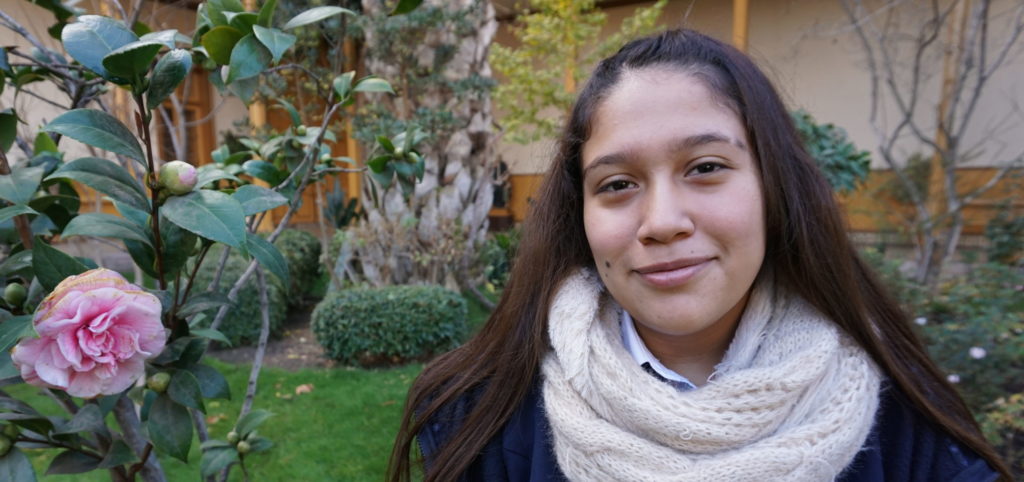facts about the Santiago Day School:
- Ages served: Girls ages 5-18.
- Facility Description: The school is housed in an old, Spanish-colonial style building with a courtyard. It is comprised of several classrooms, a dining hall and community rooms for activities.
- Administration: The school is run and operated by a Catholic order of nuns, the Daughters of St. Joseph, protectors of the children. They strive to uphold the school’s mission of helping children from broken or single-parent families.
- Education: Core academic subjects, including English, are offered for kindergarten through twelfth grades. For the children to attend the day school, their parents or guardians are required to attend a mandatory “School for Parents” here, which focuses on social values and parental responsibilities.
- School year: In Chile, the academic year typically begins in early March and ends in early December, with a summer break from December through February and a two-week winter break in July.
- Meals: Children receive nutritional lunches and snacks each day, free of charge.
- Activities: In addition to academic studies, the girls are taught art, sewing, crafts, flower arranging and plant care. There is also ample time each day for games and sports.
Truly a nation of contrasts, Chile spans over 2,000 miles of South America’s western coastline, with deserts in the north, rainforests in the south and the snowcapped peaks of the Andes Mountains ranging throughout. Although a politically progressive country when it comes to human rights, millions of Chileans live in abject poverty.
There is a striking disparity between the rich and the poor here, which stems, in part, from the education system. A good education in Chile is expensive, and parents must pick up the bill for tuition costs. It’s a cycle — inadequate education yields unskilled workers who earn insufficient funds to cover tuition expenses for their children. As a result, parents work long hours for low wages, and children often get jobs at a young age to help support their families.
This trend is, perhaps, most notable within Chile’s capital, where over five million people (more than a third of the country’s population) reside. Here in Santiago, underprivileged families often live in makeshift slum dwellings or in deficient public housing. In 1895, the Santiago Day School was founded as a school for girls who come from impoverished — and often neglectful and abusive — families.
Today, the Santiago Day School continues to serve as a safe haven and a beacon of hope. Its caring staff works diligently to provide their students with food, an education and the opportunity to rise above the difficult social and economic circumstances from which they come.
Facts about CHILE:
- Population: 18,629,746
- Languages Spoken: Spanish
- Unemployment Rate: 2.5%
- Poverty Rate: 59.3%



